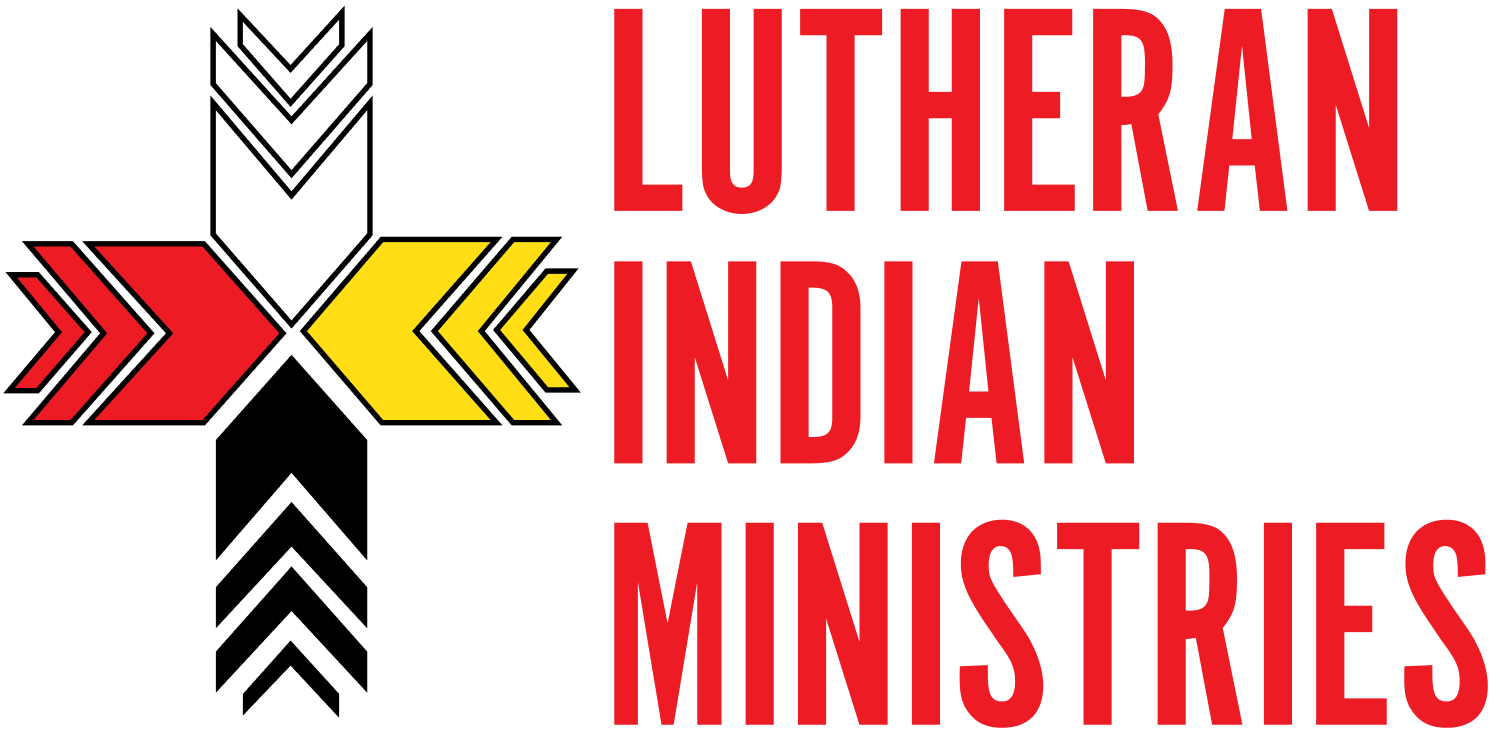This Week in Native American News (5/26/17): Running, Reading, & Singing
May 26, 2017
Great People Doing Great Things: Helping Native Runners
As a Navajo child in Gallup, New Mexico, Dustin Martin would watch the best high school athletes run Red Rock State Park near his home in brand new running shoes.
“The shoes made me sign up,” says Martin, now 27, a Wings alum and current program director. “But the feeling of being elite kept me running.”
Since 1988, Wings of America has worked with more than 40,000 American Indian and Alaskan Native youth. This year, five high school juniors were selected to travel to the Boston Marathon to cheer, visit colleges, and run the BAA 5K.
Read the full story here.
Residential School Shaped Activism
Grand Chief Ed John has a long history fighting in the political arena on behalf of indigenous people.
John’s aboriginal name is Akile Ch’oh. He is a hereditary chief of the Tl'azt'en on the banks of the Nak’al Bun (Stuart Lake) in north-central B.C. They called themselves Dakelh, but settlers referred to them as Carrier.
When he was eight years old, he was sent to Lejac Indian Residential School at Fraser Lake.
“I wondered why my parents would send me away,” John told a The Vancouver Sun reporter in 1991. “I thought my parents didn’t love me.”
During six years at the school, he and his friends formed a resistance movement. They would steal food at night and speak their language when no one was around.
John said his activism came from the culture he absorbed from his family and the people he met in school.
Read the full story here.
Poor Roads Lead to Missed School
The federal government released a report Monday that casts a critical light on the poor conditions of roads on tribal lands nationwide, highlighting the widespread challenge of getting Native American children to school during bad weather.
They experienced unmaintained roads, bumpy rides, loud rattling windows and lengthy routes. Earthen or gravel roads become muddy and impassible after being hit with heavy rain, snowfall or strong winds, causing students to be late for school when buses get stuck. Bus routes are sometimes 100 miles one way and require drivers to go 5 mph to navigate large rocks and ruts and steep inclines with no guard rails.
Michalski said bus drivers for her school district drive about 400 miles a day on unimproved roads.
The report notes that the Bureau of Indian Education's schools generally don't collect data on transportation-related causes for absences, but it says bad roads are partly to blame for tribal students missing school.
Read the full story here.
Summer Reading List
The website Vagabomb compiled their 9 favorite quotes from Sherman Alexie books to encourage your summer reading.
See the quotes. or Buy the Books
And one for the kids...
Indigenous women write picture book in bid to reduce abuse, neglect, and trauma in children
Finally, a dose of cute for your weekend
This 4-year-old Adnyamathanha girl is using her culture to help save sacred spot, Yungapunganah, from being turned into a nuclear waste site.
Read the full story and see the video here.
P.S. You may have noticed that there have been more stories about Australia lately. Lutheran Indian Ministries does not work with any Australian Aboriginal groups, but their situation and struggle are very similar to those of the Native American peoples. Knowledge in how other groups are advancing their communities can help us as we serve our Native brothers and sisters.
It's hard to fit so much news in such a small space.
To read all of this week's news, visit the LIM Magazine.
Sign up to get these emails in your inbox and never miss a week again!






